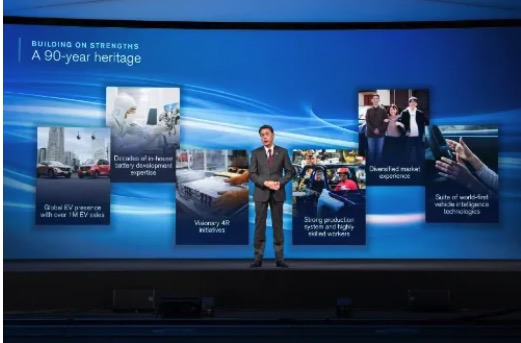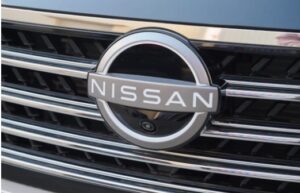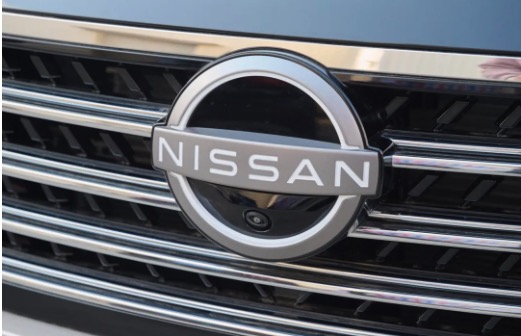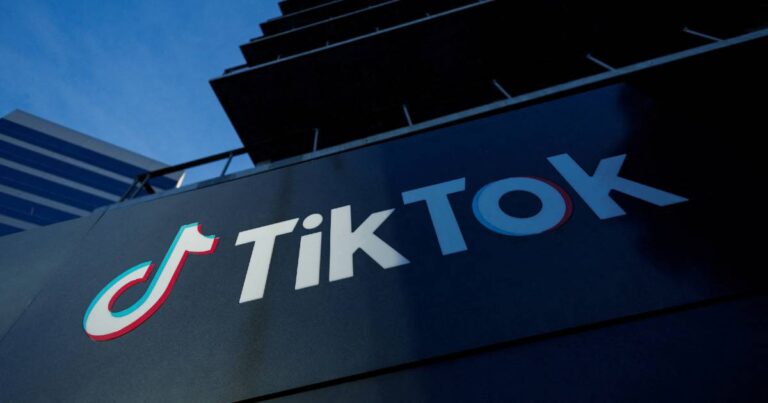April 19, Nissan Motors stated that due to lower-than-expected auto sales and the influence of many other factors, it has decided to lower the expected operating profit for the current year by 14.5%.
After the adjustment, Nissan Motors expects that for the annual financial report as of March 31, 2024, the full-year net profit will be 370.00 billion yen, which is 20 billion yen less than the previously expected 390.00 billion yen; the full-year operating profit has been lowered from the originally expected 620.00 billion yen to 530.00 billion yen; the full-year net sales have been lowered from the originally 13.00 trillion yen (approximately RMB 609.5 billion) to 12.60 trillion yen.
Nissan Motors pointed out in the statement that the company’s total auto sales for the fiscal year were 3.44 million vehicles, but two months ago, it had already raised the expected sales volume to 3.55 million vehicles. In summary, Nissan Motors’ profit and sales in the previous fiscal year were both below expectations.
On March 14, Nissan China announced a number of senior personnel appointments on its official website, and the new personnel appointments have come into effect on April 1, 2024. Among them, Nissan Motors Senior Vice President and Chairman of the China Management Committee, Shohei Yamazaki, will continue to hold the existing position with the same existing responsibilities; the current Nissan Motors ASEAN Regional President, Kosei Sekiguchi, will be promoted to Nissan Motors Corporate Vice President and General Manager of Dongfeng Nissan Passenger Vehicle Company, and report to Shohei Yamazaki. For the personnel adjustment, the official said that the personnel appointments aim to support the implementation of the new fiscal year and the next medium-term plan, accelerate the implementation of Nissan Motors’ electric drive and market promotion strategies, and achieve long-term sustainable development.
The next day, Nissan Motors and Honda Motors announced the signing of a memorandum of understanding to carry out comprehensive cooperation in the electric vehicle business, including joint purchasing, jointly developing power platforms, and commonization of spare parts. Nissan and Honda hope to achieve cost reduction through resource integration and enhance the competitiveness of electric vehicle products.
On March 25, Nissan Motors announced its plan to add another 1 million vehicles in sales by the end of the fiscal year 2026, and to launch 30 new models in the fiscal year 2026, including 16 electric vehicles and 14 internal combustion engine vehicles, and to achieve cost parity between electric vehicles and fuel vehicles by 2030. In addition, Nissan Motors also stated that it plans to increase the operating profit margin to more than 6% by the end of the fiscal year 2026. Nissan Motors President and Chief Executive Officer, Makoto Uchida, said in a statement: “This plan will enable us to move further and develop faster in driving value and competitiveness.” At the same time, Makoto Uchida pointed out: “In the face of extreme market fluctuations, Nissan Motors will take decisive actions according to the new plan to ensure sustainable growth and profitability.” Industry insiders believe that the continuous decline in sales and the poor performance in the electric vehicle market may be one of the main driving forces for Nissan Motors to promote a series of measures.
The latest data shows that from January to March this year, Nissan Motors’ China region, including the two major business sectors of passenger vehicles and light commercial vehicles, has a cumulative sales volume of 167,291 vehicles, a year-on-year increase of 3.29%. For the market performance in the first quarter of this year, Mr. Shohei Yamazaki, Senior Vice President of Nissan Motors, Chairman of the Nissan China Management Committee, and President of Dongfeng Motor Co., Ltd. said: “In the first quarter of 2024, the situation in the Chinese market remains complex.” Currently, Nissan Motors is not having an easy time.

The sales in the Chinese market come from Dongfeng Nissan Passenger Vehicle, which mainly operates three major brands including Nissan, Infiniti, and Venucia. Among them, the Nissan brand is the main source of sales for Nissan China, and the models on sale include Sylphy, Teana, Qijun, Xtrail, Tuda, Jinyi, and Loulan. The retail data shows that from January to March 2024, the sales of Sylphy, Xtrail, and Teana were 79,936 vehicles, 26,092 vehicles, and 19,111 vehicles respectively, and Qijun came next, with 10,102 vehicles, and the sales of the rest of the models were all below 6,000 vehicles.
Currently, the Chinese market has become one of the core markets for Nissan Motors globally, but from the current situation of Dongfeng Nissan, it is facing relatively large pressure. On March 12, the Nikkei News Network reported that Nissan Motors is considering cutting production in China by 30%, and Nissan Motors’ annual production capacity in China is about 1.6 million units. Cutting 30% of production capacity means that its annual production capacity will be reduced by about 500,000 vehicles.
















+ There are no comments
Add yours